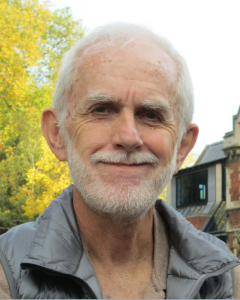
Lisa Glaser is currently a Research Fellow at University of Nottingham, and will (from September 2016) join Renate Loll’s group at the Radboud Universitet in Nijmegen with a Marie Skłodowska-Curie fellowship to explore renormalisation in discrete theories of quantum gravity.
You can follow her on Twitter.
1. Tell us about your thesis
During my Ph.D. I worked on causal dynamical triangulations and causal set theory. While these approaches are very different at first sight, upon closer examination they show important similarities. In both theories we try to solve the path integral over geometries by introducing a regularisation.
In causal dynamical triangulations the regularisation are simplices, which scale away in the continuum limit, while causal set theory proposes a fundamental smallest volume of space-time events. Another similarity is that both of these theories try to incorporate the Lorentzian structure of space-time into the theory. In causal dynamical triangulations this is implemented through a Continue reading



You must be logged in to post a comment.